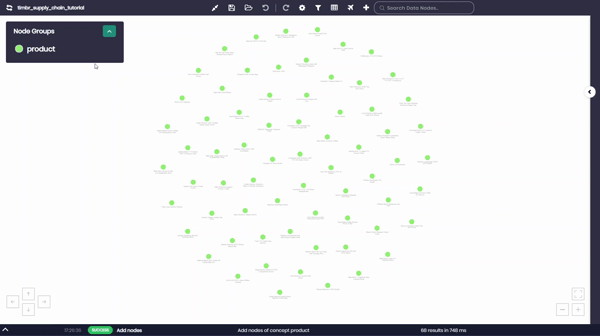Follow us:
Copyright © 2024 WP-SEMANTIX LTD (Timbr.ai). All Rights Reserved
Follow us:
Copyright © 2024 WP-SEMANTIX LTD (Timbr.ai). All Rights Reserved
Our team has received your inquiry and will follow up with you shortly.
In the meantime, we invite you to watch demo and presentation videos of Timbr in our Youtube channel:

The information you provide will be used in accordance with the terms of our privacy policy.